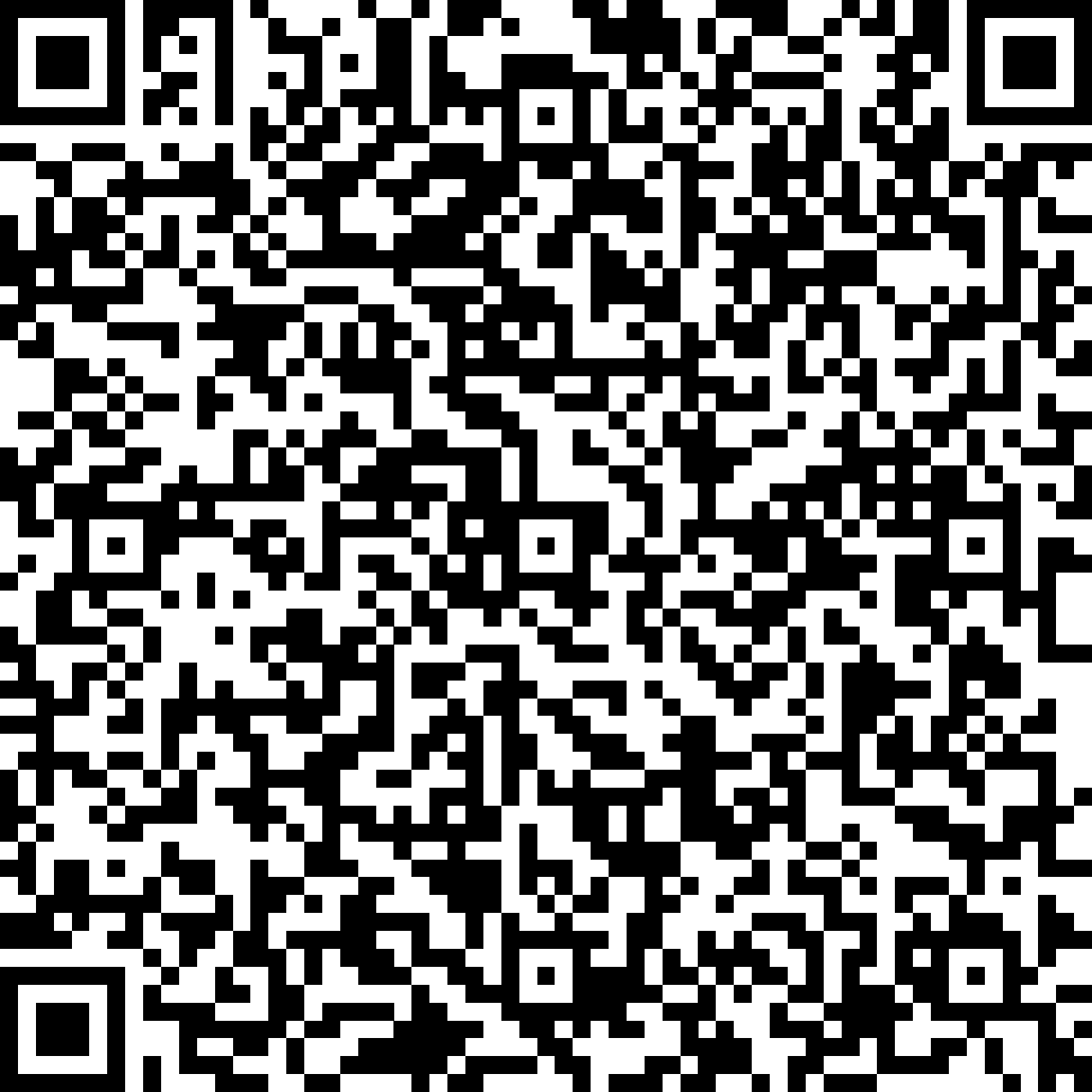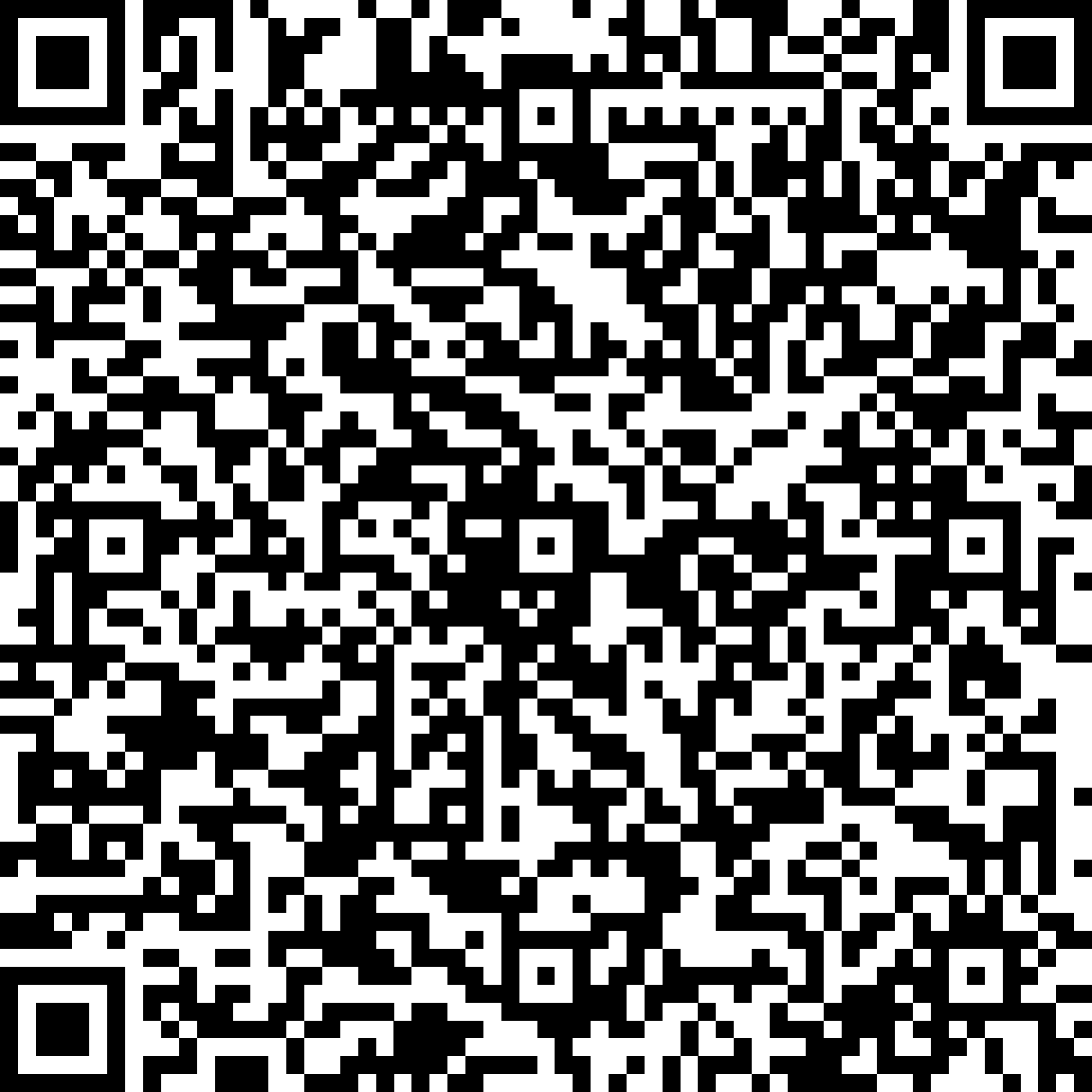Using 3D parts in manufacturing of custom wire harness
In ICM, we continue to apply additive manufacturing in our custom wire harnesses production processes, as commented in a previous post. This action is in line with our lean methodology focused in continuous improvement. On this occasion, we discuss our latest advances in this regard: The design of various 3D parts for electrical testing and for the bending of semi-rigid cables.
Specifically, at ICM we are using a 3D printer to design connectors for electrical harness testing, and for parts that allow adjusting the curvature of semi-rigid cables.
In order to connect a harness to the test equipment, the connector opposite to that of the harness is required. This type of connector is expensive and implies a long delivery time, as these connectors are under spatial regulations. However, thanks to the opposite connectors made with 3D, we managed to avoid ringing the pins, which allows us to reduce delivery time and further minimize the possibility of error, which although it is very low, does exist.
On the other hand, regarding the use of 3D parts to give the curvature to the semi-rigid cables, they facilitate an exact adjustment of the radius that is needed, as well as a better finish.




